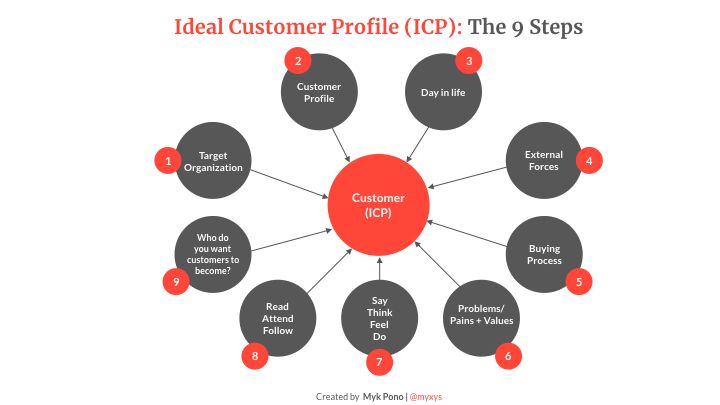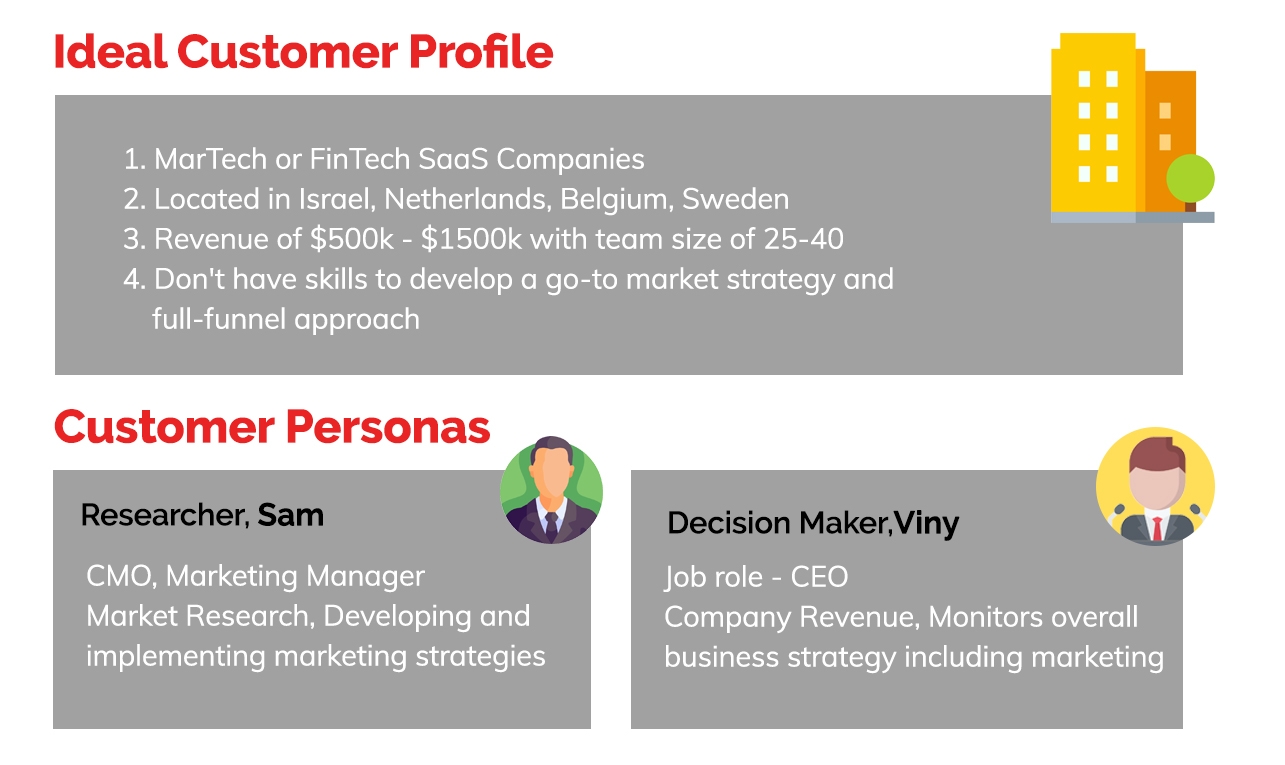Mastering the Art of Product Marketing: A Guide to Captivating Your Ideal Customer

As an interior design and architecture expert, I understand the power of a well-crafted space. Just like a beautifully designed home, a compelling product presentation is key to attracting and converting customers. To help you master the art of product marketing, let’s dive into the essential elements of crafting a compelling narrative that resonates with your ideal customer.
1. Defining Your Ideal Customer Persona:

Before we delve into features and benefits, we need to understand who we’re talking to. Creating a detailed customer persona helps us personalize our message and tailor it to their specific needs and desires.
Questions to Consider:
- Demographics: Age, gender, location, income, education, occupation, family status.
- Psychographics: Values, interests, hobbies, lifestyle, aspirations, pain points, motivations.
- Buying Behavior: Where do they research products? What influences their purchase decisions? What are their preferred communication channels?


Example:

Let’s say you’re selling a high-end, sustainable furniture line. Your ideal customer persona might be a young professional, aged 25-35, living in an urban area with a strong interest in eco-friendly living. They value quality craftsmanship, unique design, and ethical sourcing. They likely research products online, follow design influencers, and prioritize brands with a strong social responsibility focus.
2. Identifying Key Features and Benefits:

Now that you understand your customer, you can identify the features and benefits that will resonate most with them.
Features:

- What your product does: These are the tangible aspects of your product, like its materials, design, functionality, and technical specifications.
- Example: For a sustainable furniture line, features might include:

- Materials: Reclaimed wood, recycled plastic, organic cotton fabrics.
- Design: Minimalist aesthetics, handcrafted details, modularity.
- Functionality: Durable construction, ergonomic seating, multi-purpose use.

.jpg)

Benefits:
- What your product does for the customer: This is where you connect the features to the customer’s needs and desires.
- Example:
- Sustainable materials: Reduce environmental impact, support ethical sourcing.
- Unique design: Express personal style, create a statement piece.
- Durability and functionality: Long-lasting investment, versatile use for different spaces.


3. Crafting a Compelling Narrative:
Once you’ve identified the key features and benefits, you need to weave them into a compelling narrative that captures your customer’s attention and resonates with their needs.
Storytelling Techniques:
- Problem-Solution: Highlight the customer’s pain point and demonstrate how your product provides the solution.
- Before-After: Show the transformation your product brings to the customer’s life.
- Testimonial: Use real customer stories to build trust and credibility.
- Emotional Appeal: Connect with the customer’s emotions and aspirations.
Example:
Problem-Solution: "Tired of generic furniture that lacks personality? Our sustainable furniture line offers unique designs crafted with reclaimed materials, allowing you to express your individual style while making a positive impact on the environment."
Before-After: "Transform your living room from bland to breathtaking with our modular sofa system. Customize the configuration to fit your space and create a cozy and inviting atmosphere."
Testimonial: "Since purchasing the [product name], I’ve received countless compliments on the unique design and quality craftsmanship. It’s truly a statement piece that reflects my commitment to sustainable living."
4. Tailoring Your Message to Different Channels:
Your product marketing message will need to be adapted to different channels, such as your website, social media, email marketing, and advertising.
Website:
- Clear and concise product descriptions: Highlight key features and benefits.
- High-quality images and videos: Showcase the product in its best light.
- Customer reviews and testimonials: Build trust and social proof.
Social Media:
- Visually appealing content: Use captivating images and videos.
- Engage with your audience: Respond to comments and questions.
- Run contests and giveaways: Generate excitement and engagement.
Email Marketing:
- Targeted content: Segment your audience and personalize your messages.
- Offer valuable information: Provide tips, advice, and inspiration.
- Include calls to action: Encourage customers to visit your website or make a purchase.
Advertising:
- Compelling headlines and visuals: Capture attention and create a sense of urgency.
- Targeted audience: Reach your ideal customers with relevant messaging.
- Track your results: Analyze data to optimize your campaigns.
5. Continuous Improvement:
Product marketing is an ongoing process. Track your results, analyze customer feedback, and adapt your strategies accordingly.
Key Metrics to Track:
- Website traffic and engagement: How many people are visiting your website and interacting with your content?
- Social media engagement: How many likes, shares, and comments are you receiving?
- Email open and click-through rates: Are people opening and reading your emails?
- Sales conversions: How many people are purchasing your product?
Conclusion:
Mastering the art of product marketing is about understanding your customer, highlighting the key features and benefits that resonate with them, and crafting a compelling narrative that captures their attention. By following these principles, you can create a successful product marketing strategy that drives sales and builds a loyal customer base.

